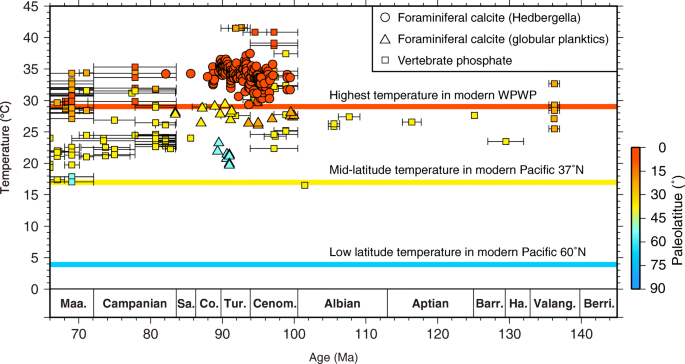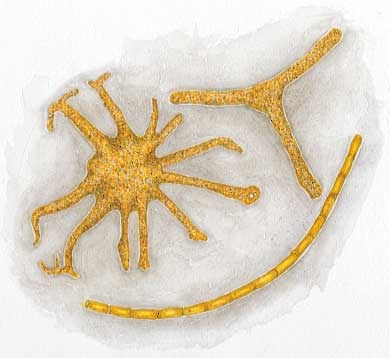Tests Of Dead Foraminiferans Accumulate On Ocean Floor

Microscopic biogenous ooze is common on the deep ocean floor because there is so little lithogenous sediment deposited at great distances from the continents that could dilute the biogenous material.
Tests of dead foraminiferans accumulate on ocean floor. Describe the processes of feeding and digestion in a paramecium. And movement of the sea floor over millions of years deposition of calcite shells above the ccd cover of these shells by a non calcareous material and movement of the sea floor over millions of years. The tests of dead organisms form ooze found on the ocean floor. Parasitic and have complex life cycles how have foraminifera and radiolarians contributed to the formation of sedimentary layers on the ocean floor.
They form limestone and chalk deposits. Calcareous ooze is ooze that is composed of at least 30 of the calcareous microscopic shells also known as tests of foraminifera coccolithophores and pteropods. A radiolarians and foraminiferans b trypanosomes c. The ocean floor and form radiolarian ooze.
The remains of these organisms accumulate on the ocean floor and are mined for use as filtering agents soundproofing materials and gentle polishing abrasives. The tests of foraminiferans grow throughout the organism s life and can exceed 5 cm 2 inches in diameter. Silica tests accumulate faster than seawater can dissolve them. Cover nearly half the ocean floor include the shells of foraminifera pteropods and coccolithophores accumulate at the rate of 1 4 cm per 1000 yrs are found primarily above a depth of 4500 m in the ocean all of the above are correct.
The tests of these organisms form the white cliffs of dover and may be used as indicators of oil deposits on land and sea. Oil geologists use fossilized forams to identify geologic strata during oil exploration. They form on areas of the seafloor distant enough from land so that the slow but steady deposition of dead microorganisms from overlying waters is not obscured by sediments washed from the land. Fossil radiolarians have been found that date to precambrian time 3 96 billion to 540 read more.
Silica tests accumulate faster than seawater can dissolve them. Ooze pelagic deep sea sediment of which at least 30 percent is composed of the skeletal remains of microscopic floating organisms oozes are basically deposits of soft mud on the ocean floor. The hard tests that cover the bodies of these organisms sink to the bottom of the ocean where they accumulate as layers of sediment. When the ocean bottom is lifted and transformed into land the ooze becomes sedimentary rock.
Extinct foraminiferans are important index fossils. Their tests accumulate on the floor of oceans. This is the most common pelagic sediment by area covering 48 of the world ocean s floor.



















